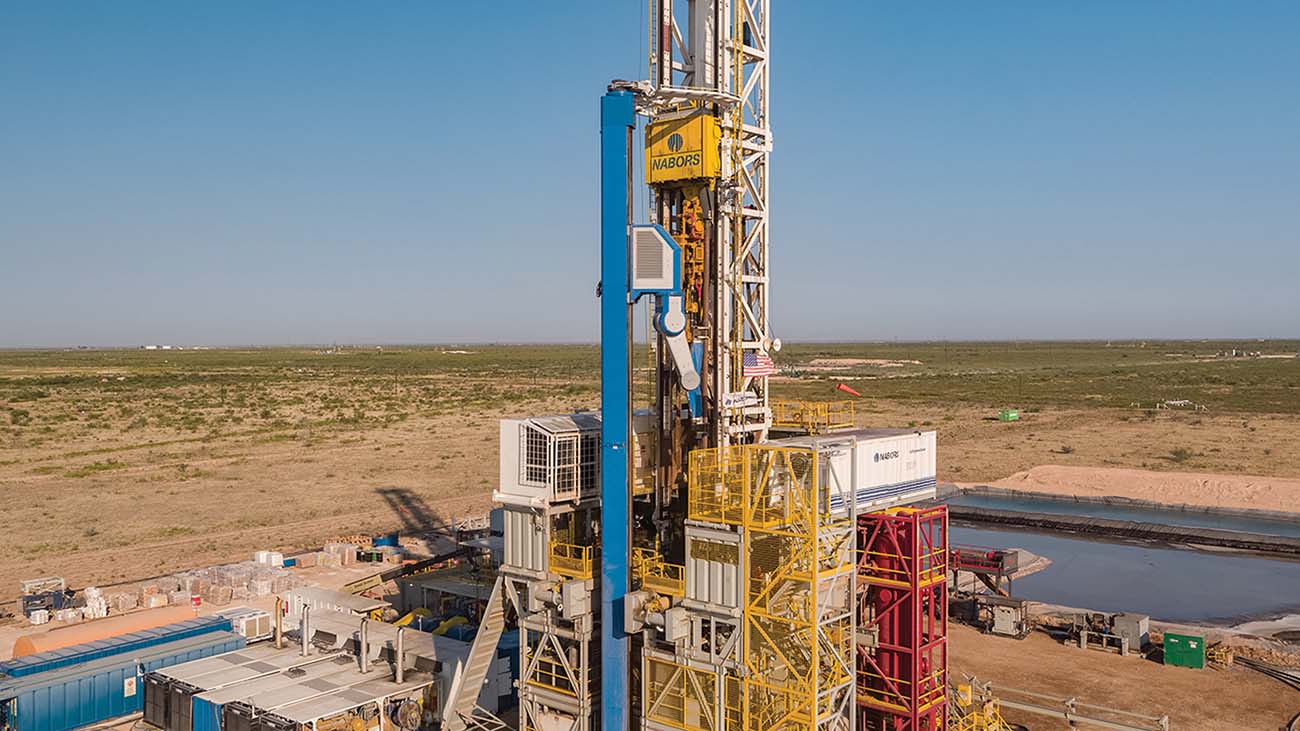In the unforgiving world of oil and gas exploration, drilling fluids are more than a circulating medium—they are a complex, engineered system designed to balance formation pressures, maintain wellbore stability, transport cuttings, and protect multi-million-dollar assets.
The difference between a fluid system that delivers and one that fails?
Data. Science. Precision.
As drilling programs target deeper, hotter, and more geologically complex formations, success hinges on our ability to translate laboratory analytics into field performance—bridging the gap between controlled testing and dynamic downhole realities.
From the lab bench to the drill bit, fluid analytics are the invisible engine driving well performance, risk mitigation, and cost control.
The New Standard: Data-Driven Drilling Fluid Engineering
Traditional drilling relied heavily on experience, rules of thumb, and trial-and-error corrections. But with tighter operational windows, thinner profit margins, and zero tolerance for environmental failure, the margin for guesswork has disappeared.
Today’s wells demand data-driven fluid strategies that are:
-
Proactively designed through advanced analytics
-
Continuously monitored in real time
-
Adapted on-the-fly to formation behavior and operational variables
-
Traceable and reportable for compliance, audit, and optimization
This transformation is being powered by a modern, integrated approach—from laboratory diagnostics to wellsite application.
Phase 1: Lab-Grade Fluid Analysis – The Foundation of Precision
Before a single drop of mud reaches the rig, the laboratory becomes the first line of defense. Here, drilling fluids are deconstructed, tested, and optimized using advanced diagnostics.
Key Laboratory Testing Parameters:
-
Rheology Profiling – plastic viscosity, yield point, gel strength
-
High-Pressure, High-Temperature (HPHT) Simulation – to validate thermal stability
-
Contamination Resistance Testing – salt, CO₂, cement, formation fluids
-
Fluid Loss and Filtration Analysis – to predict filter cake behavior
-
Density, Solids, and Particle Size Distribution – for hole cleaning and hydraulic efficiency
-
Chemical Compatibility with Formation Rock – to reduce formation damage
Each test is more than data—it’s intelligence that informs formulation design, guides additive selection, and sets expectations for performance in the field.
Phase 2: Fluid Design and Custom Formulation
Once lab results are analyzed, customized fluid systems are developed to align with specific well conditions:
-
Formation type and pressure regimes
-
Depth and thermal gradients
-
Environmental constraints and HSE standards
-
Historical field performance data
-
Equipment and rig capability
This is where laboratory precision becomes operational strategy.
A fluid is no longer generic—it’s a tailored response to a specific geological and operational challenge.
Phase 3: Field Execution – Turning Analytics into Performance
The real test of any drilling fluid system is not in the lab—it’s at the wellsite. But with a strong analytical foundation, the transition is seamless.
Engineers equipped with laboratory-derived insights can:
✅ Adjust formulations with precision when conditions deviate
✅ Recognize early signs of contamination or instability
✅ Optimize hydraulics and bit cooling for higher ROP
✅ Reduce non-productive time (NPT) caused by fluid-related failures
✅ Ensure alignment with environmental discharge limits
When issues arise, field data is looped back to the lab for immediate retesting or recalibration, creating a continuous improvement cycle that protects both production targets and compliance boundaries.
The Oilchem Advantage: Integrated Lab-to-Field Fluid Management
At Oilchem Drilling Fluids Limited, we’ve built our entire approach around the lab-to-wellbore continuum. Our state-of-the-art laboratories, experienced mud engineers, and real-time data tools ensure:
-
Full-spectrum fluid diagnostics using advanced analytical methods
-
Custom formulation development for drilling and completion operations
-
Rapid testing and response systems when deviations occur at the rig
-
Seamless lab-to-field communication, minimizing downtime and optimizing decisions
-
Documented quality assurance and compliance traceability for every barrel of fluid deployed
We don’t just manage fluids—we engineer predictable, proven performance under the most demanding well conditions.
Conclusion: Precision Isn’t Optional—It’s Operational Insurance
In the high-pressure, high-cost world of energy exploration, guesswork is expensive. Every decision must be anchored in data, and every formulation must be built for reliability.
Laboratory analytics are not a luxury—they are the backbone of safe, efficient, high-performance drilling.
From rheology curves to contamination thresholds, from lab tests to real-time adjustments—analytics drive action.
And the companies that build their fluid systems on science are the ones drilling smarter, safer, and more successfully.
Because in today’s drilling landscape, performance doesn’t begin at the wellhead.
It begins in the lab.







